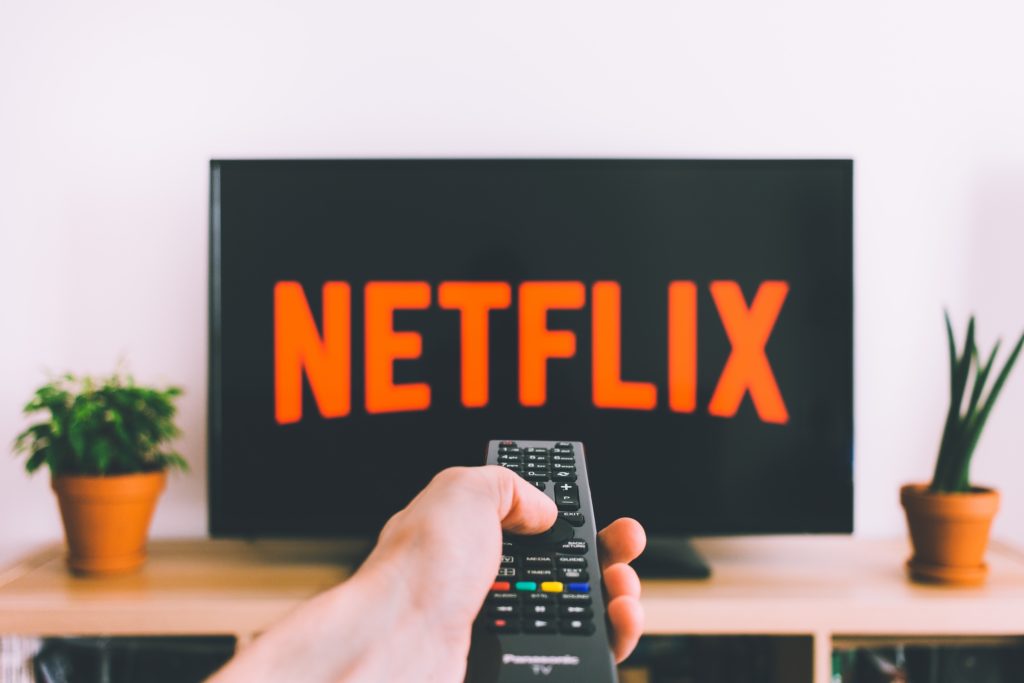How Will Netflix Deal With Increasing Competition?

Over the past year, about $215 billion were spent on acquisitions in the media industry by AT&T, Comcast, and Disney. Armed with these acquisitions, these media giants are now developing new streaming services that will launch by early 2020. This is worrisome for Netflix (Nasdaq: NFLX) as it licenses several shows from them.
Netflix’s Financials
Netflix’s Q1 revenues grew 22.9% over the year to $4.52 billion, beating the Street’s forecast of $4.5 billion. Adjusted EPS of $0.76 was better than the market’s forecast of $0.57.
During the quarter, Netflix added 1.74 million domestic subscribers, ahead of the 1.61 million expected by the market. It added 7.86 million new international subscribers versus 7.3 million expected by analysts. It ended the quarter with 148.8 million global subscribers.
Revenue from US streaming customers was $2.1 billion and from international streaming, customers was $2.3 billion.
For the second quarter, Netflix expects revenue growth of 26% in the second quarter. It expects to add 5 million subscribers, lower than the 6.09 million expected by analysts.
Netflix’s Content
During the first quarter, Netflix released new series Umbrella Academy, which was watched by 45 million households in the first month of its release. Another big hit was the film Triple Frontier starring Ben Affleck that was watched by over 52 million households in the first month. The film The Highwaymen starring Kevin Costner has been watched by 40 million households.
Netflix was the most nominated network at the Emmys and was the second most nominated studio at the Oscars. Its Mexican film Roma won three Oscars including Best Foreign Language Feature.
Netflix plans to add new seasons of some of its biggest series in the second half of the year. These include Stranger Things (July 4th), 13 Reasons Why, Orange is the New Black, The Crown, and La Casa de Papel(aka Money Heist).
Netflix’s Competition
The streaming service market is getting crowded with traditional networks jumping into the fray. This month, Walt Disney Co. announced its plans to launch a kid-friendly online platform Disney+. At $6.99 a month, Disney+ is priced much lower than the Netflix subscription of $12.99. To be launched in November, Disney+ will offer content from its Marvel, Pixar, and Star Wars franchises. Disney is also a major investor in Hulu and is likely to bundle an ad-free version of Disney+ with Hulu and ESPN+, its sports streaming service costing $4.99 a month.
Similarly, AT&T’s Warner Media, and Comcast’s NBC Universal, which have licensed shows to Netflix, will soon be competing with Netflix with their own streaming services. Last month, Comcast announced a $5-a-month streaming video service called Xfinity Flex that will enable its consumers to watch Netflix, Amazon, Prime, and other streaming applications.
These new competitors already have a large library of good content and do not have to invest much in new content. Disney would be spending $1 billion on original content for Disney+ by 2020 while Netflix is expected to spend close to $15 billion on programming this year to make up for the shows it would be losing to these competitors. Netflix expects that its larger content offering will rescue it. It expects the competition to fill niches but not replace it.
With so many options to choose from, even streaming services are starting to resemble cable television. There is so much to choose from and the streaming consumer will soon be forced to decide which streaming service they are going to stick to. Content and price are going to be key differentiators. Which is the determining factor for you as a streaming consumer?
Another worry for Netflix is the upcoming Apple TV Plus, which will start in May. Apple TV Plus is an ad-free video subscription service that will feature Apple’s growing list of original TV shows and movies. We had often advocated the acquisition of Netflix by Apple. Has Apple missed the window for acquiring Netflix or does the changing competitive landscape in the media streaming space open new doors?
Its stock is trading at $360.35 with a market capitalization of $157.3 billion. It hit a 52-week high of $423.21 in July last year. It crashed to a 52-week low of $231.23 in the December stock volatility.
(Click on image to enlarge)



